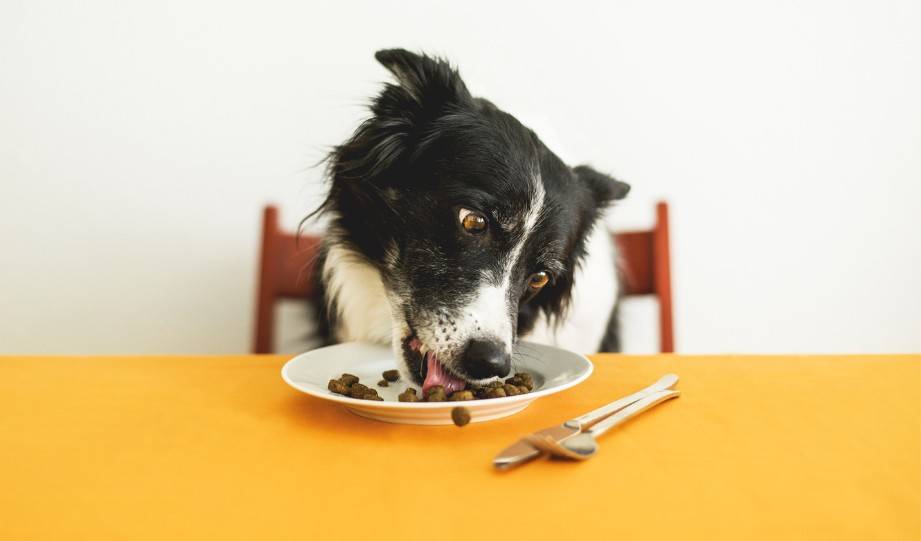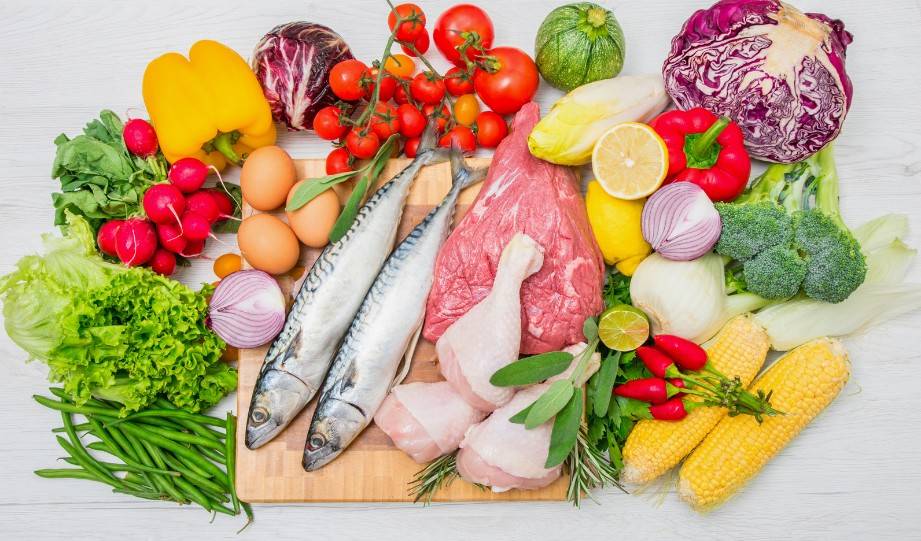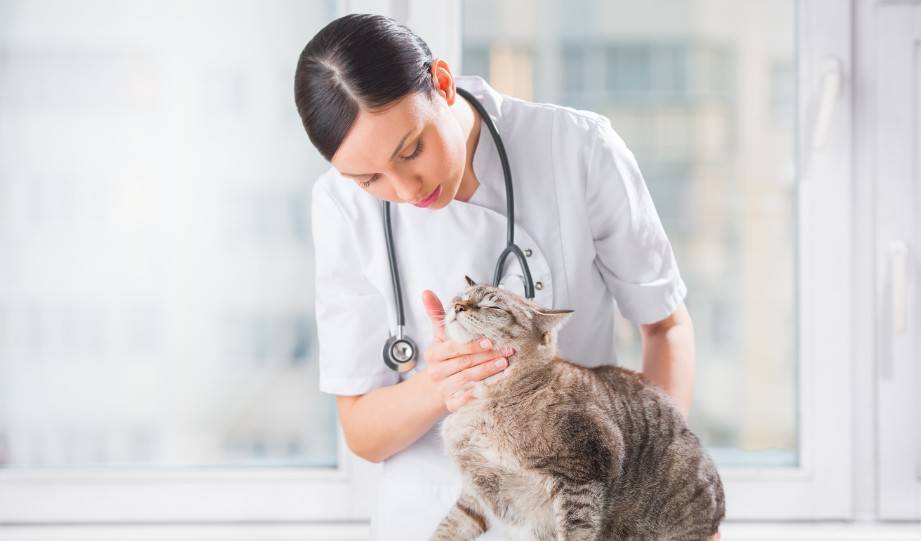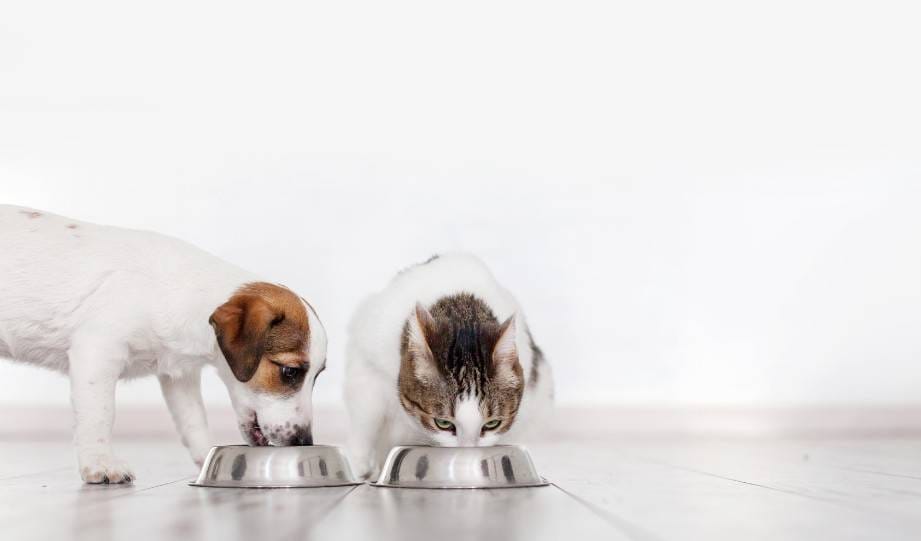Sustainable pet food isn’t just a trend; it’s a movement towards a healthier planet and happier pets. I remember the first time I swapped my dog’s store-bought food for a homemade, organic meal. The difference was night and day—not just in his energy levels but in my peace of mind, knowing I was reducing our environmental pawprint.
This article is your guide to doing just that: making sustainable pet food at home. From understanding your pet’s nutritional needs to sourcing eco-friendly ingredients and crafting delicious recipes, I’ll show you how easy and impactful this switch can be.
Understanding What Makes Pet Food Sustainable
Sustainability, in the context of pet food, means creating meals that are not only nutritious and delicious for our pets but also gentle on our planet. Traditional pet food production often involves long supply chains, high carbon emissions, and extensive use of resources, from water to land for ingredient cultivation and livestock.
The environmental impact is significant, with traditional methods contributing to deforestation, greenhouse gas emissions, and depletion of natural resources.
These practices are not sustainable in the long run, especially as the demand for pet food continues to grow globally.
Making pet food at home using sustainable practices offers a myriad of benefits. Firstly, it reduces reliance on commercially produced pet food, which often involves extensive packaging and transportation, contributing to a larger carbon footprint.
By choosing local, organic ingredients, and perhaps even incorporating produce from your own garden, you significantly lower the environmental impact of your pet’s diet.
For pet owners, the benefits extend beyond the environmental. Homemade sustainable pet food can lead to healthier pets, as it eliminates preservatives, artificial colors, and flavors common in many commercial brands.
Additionally, it allows pet owners to tailor their pet’s diet to their specific nutritional needs, potentially leading to better overall health and well-being.
For the environment, the shift towards homemade sustainable pet food can contribute to less waste, reduced carbon emissions, and a lesser demand on the resources strained by traditional pet food production.
It’s a step towards more ethical, responsible pet care that aligns with a broader commitment to planet-friendly living.
Assessing Your Pet’s Nutritional Needs

Understanding your pet’s nutritional needs is crucial before diving into the world of homemade sustainable pet food.
These needs can vary widely based on factors like pet type, size, age, and activity level.
Dogs, for example, generally require a diet rich in proteins but can also benefit from certain vegetables and grains.
Cats, being obligate carnivores, need a diet heavier in meat to meet their nutritional requirements.
Size and age play significant roles, too. Larger breeds may need more calories, while puppies and kittens have different nutritional needs compared to adult pets.
Senior pets might require diets that support joint health and lower calorie intake.
Activity level is another important consideration; a highly active pet will need more calories and specific nutrients to sustain their energy levels.
Given these complexities, consulting with a veterinarian before changing your pet’s diet is essential. A professional can provide guidance tailored to your pet’s specific health needs, ensuring their homemade diet is balanced and nutritious.
This step not only helps in creating a meal plan that supports your pet’s health and wellness but also prevents nutritional deficiencies or excesses that can lead to health issues.
Sourcing Sustainable Ingredients for Pet Foods

Sourcing sustainable ingredients for your pet’s food is a cornerstone of making their diet eco-friendly and nutritious.
The goal is to find locally sourced, organic ingredients that minimize environmental impact while providing high-quality nutrition. Here’s how you can do it:
Firstly, prioritize local sourcing. Visit farmer’s markets, join a community-supported agriculture (CSA) program, or shop at stores that stock local produce.
This not only supports local farmers but also reduces carbon emissions associated with transporting goods over long distances.
When selecting ingredients, look for organic certifications to ensure they are free from harmful pesticides and fertilizers.
When it comes to protein, consider eco-friendly sources. Traditional meat production is resource-intensive, so explore alternatives like sustainably sourced fish, poultry, or even insect-based proteins, which have a much lower environmental footprint.
For grains and vegetables, opt for organic options that complement your pet’s dietary needs, such as brown rice, sweet potatoes, or carrots, ensuring they are safe and beneficial for your pet.
Incorporating gardening into your sustainable pet food preparation offers further control over what goes into your pet’s bowl. Growing your own vegetables and herbs not only assures you of their organic status but also reduces the need for packaging and long-haul transportation.
Using organic mulch in your garden can enhance soil fertility and moisture retention, promoting healthier plant growth without synthetic chemicals.
This approach to sourcing and growing ingredients not only enriches your pet’s diet with high-quality, nutritious food but also aligns with a sustainable lifestyle that benefits the environment. It fosters a deeper connection to the food you feed your pet, knowing it’s cultivated with care for their health and the planet’s wellbeing.
Recipes for Sustainable Pet Food
Creating sustainable pet food at home is both an art and a science. It involves combining the right balance of proteins, fats, carbohydrates, vitamins, and minerals to meet your pet’s nutritional needs.
Here’s a step-by-step guide to preparing balanced, nutritious meals for your furry friends, ensuring the meals are both appealing and healthy.
For Dogs: Chicken and Vegetable Stew
Ingredients
Choose organic, locally sourced chicken as your primary protein. Add vegetables like carrots, peas, and sweet potatoes, which are excellent sources of vitamins and fiber.
Preparation
- Boil the chicken until fully cooked, then shred it into bite-sized pieces.
- Steam or boil the vegetables until they're soft but not mushy.
- Combine the chicken and vegetables in a large bowl.
Serving
Let the stew cool before serving it to your dog. Portion sizes will vary depending on your dog’s size and dietary needs, so consult with a vet to determine the right amount.
For Cats: Fish and Pumpkin Puree
Ingredients
Opt for sustainably sourced fish like salmon or tuna, rich in omega-3 fatty acids. Pumpkin is a great source of fiber and can help with digestion.
Preparation
- Cook the fish thoroughly, ensuring all bones are removed to prevent choking hazards.
- Puree cooked pumpkin until smooth, mixing it with the fish to create a fine blend.
Serving
Cool the mixture before serving. Cats are typically smaller and eat less than dogs, so adjust portions accordingly. Always ensure fresh water is available alongside their meal.
Incorporating Gardening
Incorporating ingredients from your garden can make these recipes even more sustainable.
Herbs like parsley can be added to the chicken stew for dogs, offering additional vitamins and freshening their breath.
For those with space, growing your own pumpkins can provide a steady supply for your cat’s meals.
Appeal and Health
To ensure these meals are appealing to your pets, consider their individual preferences and introduce new foods slowly into their diet.
Healthy does not have to mean unappetizing. Using fresh, high-quality ingredients typically results in meals that pets find irresistible.
Plus, the satisfaction of eating homemade meals can improve their overall wellbeing.
Remember, transitioning to homemade pet food should be done gradually, and it’s essential to monitor your pet’s health and adjust recipes as needed.
Consulting with a veterinarian can provide guidance tailored to your pet’s specific health requirements, ensuring they thrive on their new diet.
Storing Homemade Pet Food
Storing homemade pet food properly is essential to maintaining its freshness and nutritional value, ensuring your pet benefits fully from the effort you’ve put into creating their meals.
Here are some best practices:
1. Cooling Down
Allow the food to cool to room temperature before storing it to prevent condensation, which can lead to spoilage.
2. Airtight Containers
Use clean, airtight containers for storage. Glass or BPA-free plastic containers are excellent choices as they help preserve the food’s quality and prevent contamination.
3. Refrigeration
Homemade pet food lacks the preservatives found in commercial diets, so refrigeration is necessary. Most homemade meals can be stored in the refrigerator for up to five days.
4. Freezing
For long-term storage, freezing is an effective option. Portion the meals into daily servings before freezing to make it easier to thaw only what you need. Frozen pet food can last for several months.
Monitoring Your Pet’s Health

Monitoring your pet’s health is key to ensuring they’re thriving on a homemade diet. Observing your pet’s physical and behavioral signs can give you insights into how well their dietary needs are being met. Here’s what to look out for:
Physical Signs
A healthy coat, clear eyes, and maintaining a steady, healthy weight are good indicators.
Their energy levels should be high, and their stools should be firm and regular.
Any drastic changes in these areas may indicate a need to adjust their diet.
Behavioral Signs
Watch for changes in appetite, activity levels, and overall demeanor. A happy pet is usually active and eager to eat.
If your pet seems lethargic or disinterested in food, it might be time to re-evaluate their meals.
Consulting a Veterinarian
Regular check-ups with a veterinarian are crucial, especially when feeding your pet a homemade diet. They can provide professional insight into your pet’s health status and dietary needs.
If you notice any concerning signs, or if your pet has special health requirements, consult with your vet promptly. They may suggest dietary adjustments or supplements to ensure your pet is receiving a balanced diet.
Conclusion
In embracing sustainable pet food, we’ve explored assessing nutritional needs, sourcing eco-friendly ingredients, crafting nutritious recipes, storing meals properly, and monitoring health.
This journey not only benefits our furry friends but also contributes to a healthier planet.
By taking this step, you become part of a growing community committed to making a positive impact.
I encourage you to try making sustainable pet food at home. It’s a rewarding process that strengthens the bond with your pets and sets a precedent for responsible pet care.
Let’s spread the word about sustainable pet food and inspire others to join this movement. Together, we can make a difference—one meal at a time.



